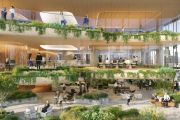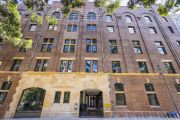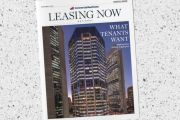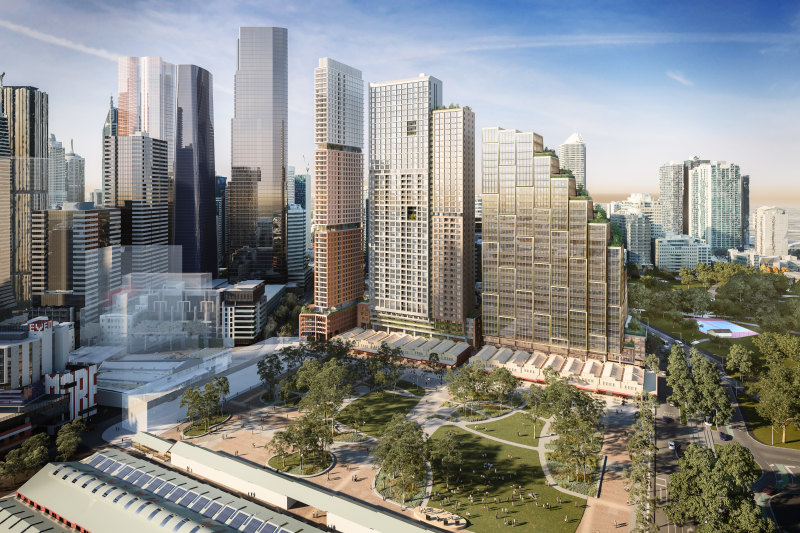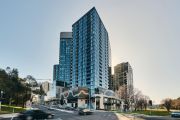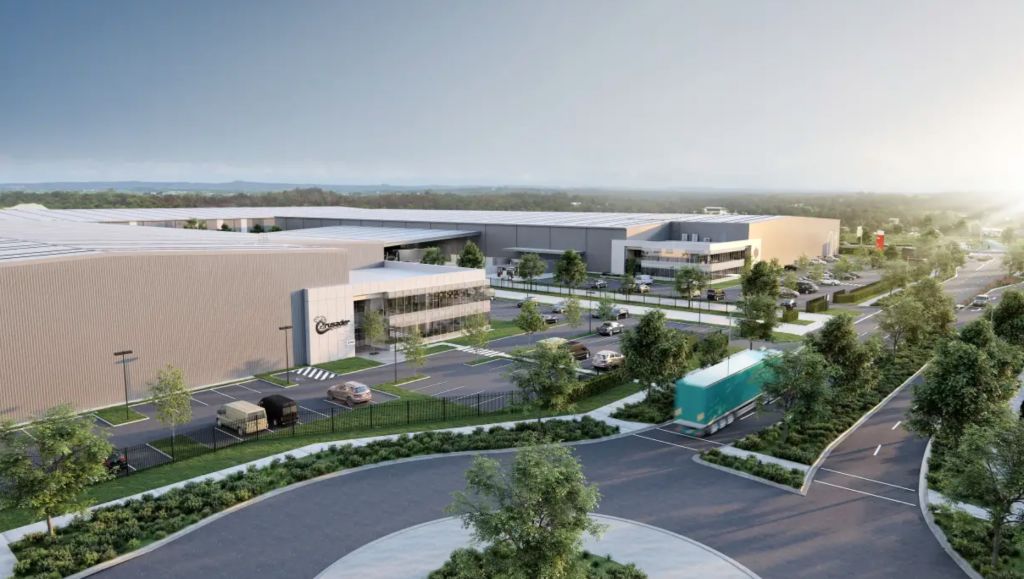
New supply wave to curb industrial rent surge
The completion of 1.3 million square metres of new logistics facilities in the first six months of this year will ease pressure on companies seeking warehouse space and ensure a more normalised rental market this year, JLL’s director of industrial and logistics research, Annabel McFarlane has predicted.
The real estate firm’s latest figures show prime industrial rents surged by double digits in most capital city markets in 2021 due to increasing levels of competition between tenants for a limited supply of available warehouse space. The acceleration of online retailing and supply chain disruptions, which fuelled a “just in case” rise in stockpiling and onshoring, were the two biggest drivers of demand.
According to JLL, the highest prime effective rental increases occurred in Perth (up 14.6 per cent), Melbourne (14 per cent) and Adelaide (13 per cent) over 2021.
In the secondary market, effective rents rose 16 per cent in Brisbane and Melbourne and 10 per cent in Sydney. Effective rents take into account incentives (such as rent-free periods) which JLL said were trending down.
Driving these rents skyward was a record 4.4 million square metres of warehouse space taken up in 2021 – a 52 per cent rise on 2.9 million square metres taken up in 2020.
“The supply response has been significant. Landlords are responding by construction stuff – JLL is tracking over 100 projects underway,” Ms McFarlane told The Australian Financial Review.
With almost two-thirds of this new supply already accounted for in leasing precommitments, the remaining speculative development should ensure the market “normalises”, Ms McFarlane said.
“It all depends on the volume of speculative development.”
Despite an expected easing of rental growth, Ms McFarlane still expects “above average” growth in the major markets. Sydney has historically averaged 3.5 per cent annual rental growth and Melbourne a bit less than that, she said.
“We’re monitoring very spiky volumes of construction, but are not unduly concerned due to high precommitments. “We don’t expect a supply imbalance,” Ms McFarlane said.
Fourth quarter 2021 figures compiled by JLL show 877,200 square metres of space was leased over the last three months of 2021, the majority in Melbourne (39 per cent) and Sydney (33 per cent)
While the December quarter was the only quarter in 2021 in which the gross take-up of warehouse space was less than 1 million square metres, JLL’s Australian head of industrial and logistics Peter Blade said the decline reflected the “severe lack of available leasing opportunities in the market at present” rather than weaker demand.
“We have continued to see consistent levels of occupier inquiry across all of our national markets in the second half of 2021, but there is a real shortage of scalable and immediately available industrial space which has really constrained the flow of deals,” Mr Blade said.
The main contributing factor to the decline in available space was a lower-than-expected volume of new development completions.
While 1.47 million square metres of new space was developed nationally in 2021 – in line with the 10-year annual average – the full-year gross take-up total (4.4 million square metres) was 82 per cent higher than the long-term annual average.
Adding to the challenges of those seeking additional warehouse space, was the relatively minimal volume of speculatively developed stock.
In Melbourne, the volume of warehouse completion (facilities 5000 square metres or bigger) exceeded 800,000 square metres for the first time in a calendar year. However, incredibly strong occupier demand through 2021 absorbed 91 per cent of this stock, JLL found.
“Over the course of 2021, the immediacy of most occupiers’ requirements has forced most tenants to primarily focus on existing assets in their search for space,” Ms McFarlane said.
“However, in instances where this isn’t feasible there has also been opportunities sought in soon-to-complete developments, which minimised the amount of speculative space delivered to the market last year.”
Get a weekly roundup of the latest news from Commercial Real Estate, delivered straight to your inbox!

